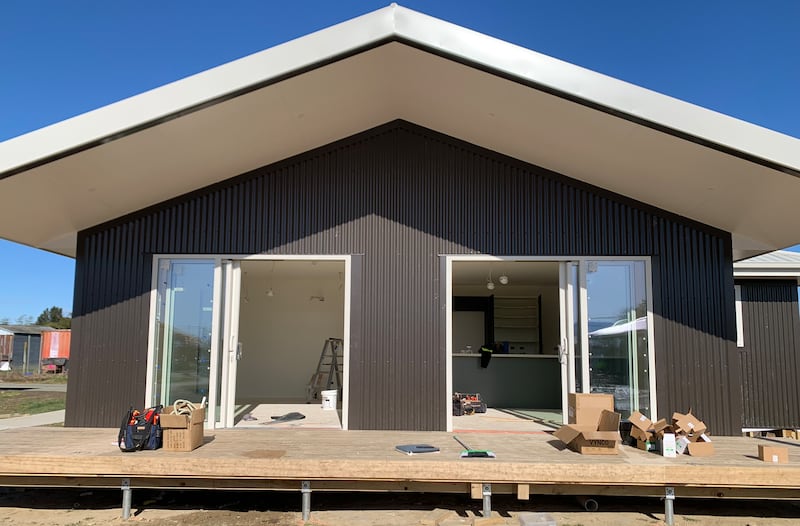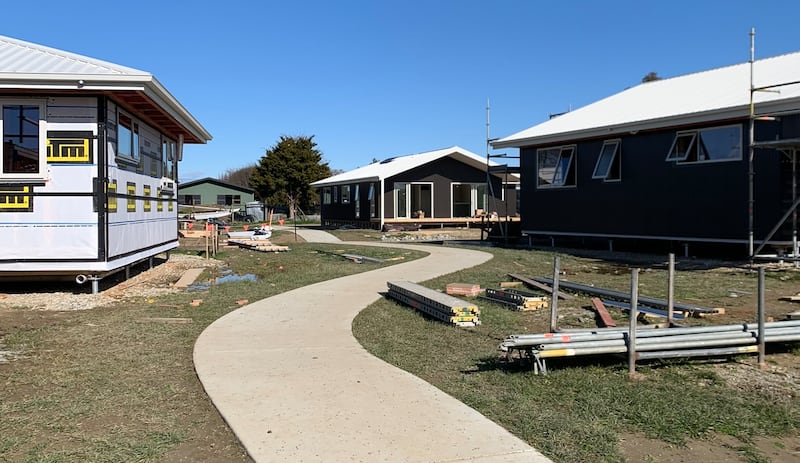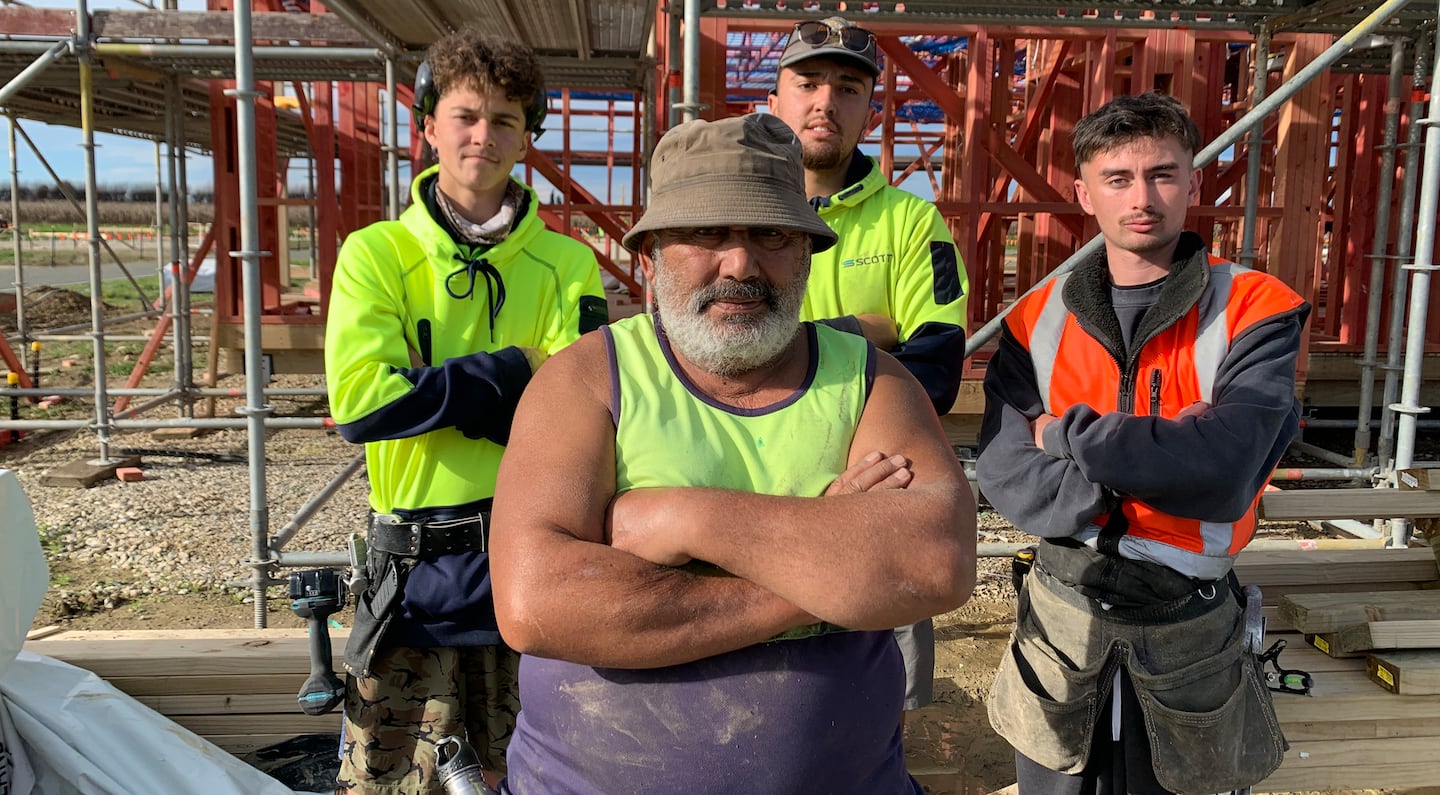“To witness our marae pulsating with life, with our whānau both contributing and drawing strength, it resonates with the aspirations of our ancestors and promises a brighter tomorrow for our mokopuna,” Te Āwhina Marae chairwoman Rima Piggott poignantly reflects.
On the horizon is the ambitious transformation of Te Āwhina Marae. It’s preparing to greet the first tenants of its new 20-home papakāinga.
The $15 million venture is unparalleled in Te Tauihu o te Waka-a-Māui (top of the South Island); its innovative design, Piggott says, has transformative potential for the marae and beyond.
Encompassing a mix of three- and four-bedroom rentals, the first four are on track for completion next month with another set of eight to be unveiled in time for Christmas.
The final eight are set for early 2024, alongside a communal spaces for the tenants to get together the way their ancestors once did.
“We are providing a safe, warm space for whānau who have challenges accessing affordable rentals. At the same time, we’re strengthening and supporting one another through our collective values of manaakitanga, kaitiakitanga, and rangatiratanga in reo and tikanga,” Piggott says.

“This is not just a housing development; it is a game changer,” she emphasises.
“For our whānau and for our wider community. There are so many benefits wrapped up in this project, whether we are talking socially, culturally, or even economically. This is an opportunity that not only connects us back to our land but also to our culture and each other. The ripple effects of that give strength to the whole community.”
Piggott says a partnership from Te Puni Kōkiri, Wakatū Incorporation, Whakarewa Trust and Rātā Foundation to realize the vision, was as unique as the design itself.
This papakāinga is a segment of a grander $28 million redevelopment strategy for the marae. The master plan includes provisions for a trades and technology hub accompanied by accommodation, a renewed wharekai, wharenui, and supplementary office and auxiliary structures.
The modern day Te Āwhina Marae dates back to Te Āhurewa Church in 1897, a replacement for Te Āmate which tragically succumbed to fire.

Sixty years later, in 1958, the wharekai opened, using some old buildings from Hau School, a side school of Motueka District School.
Piggott recalls, “In those days, there was nowhere for Māori to gather, so the wharekai was opened as a place where our people, especially the seasonal workers from all corners of the country harvesting tobacco and hops, could convene.”
In 1990 a wharenui was established, and the first foray into papakāinga came in 1992 with an addition of six kaumātua flats.
As she observes the ongoing construction, Piggott captures her sentiment, “I look out here now at the whare taking shape and am overwhelmed with joy — for our whānau, our tūpuna, our mokopuna. This thriving marae, the vision of having whānau living here, active and supported in their aspirations — it’s a dream realized for all of us.”



